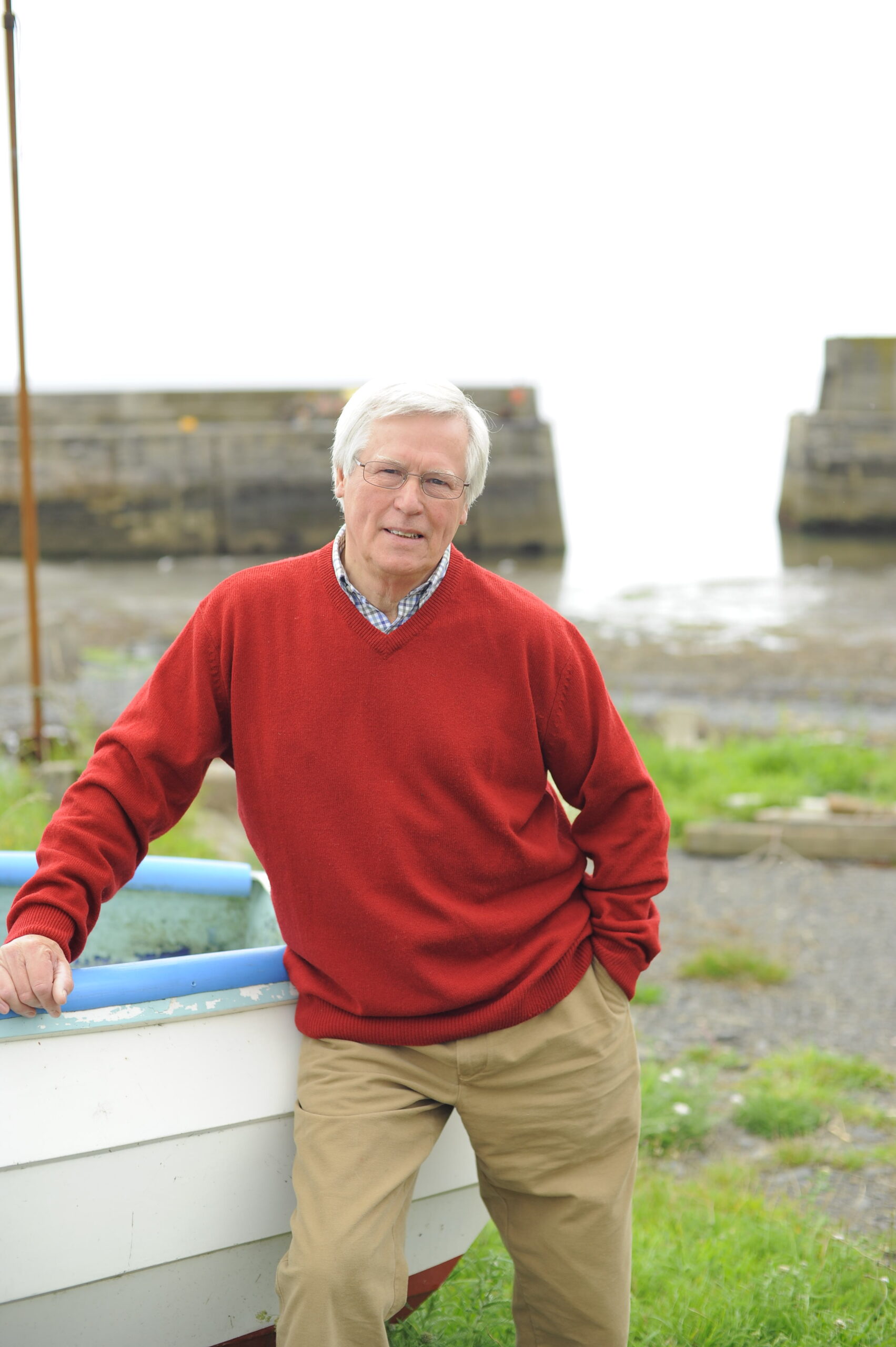From great crested newts to gardeners and commercial growers, the great drought of 2012 is taking its toll. With some parts of England suffering the driest spell since records began, many of us in areas where water is now restricted wish it would rain and rain (with sunshine in between!) until levels are back to normal.
But just what will ‘normal’ be in the years ahead? Climate change predictions are for longer, hotter summers and less, but more dramatic, rainfall. Where will all the water come from when an estimated 70 million people – that’s an increase of around eight million on the current population – are needing it in 2027?
Right now an average family of four uses 450 litres every day and a fair amount is wasted because we leave taps running while cleaning our teeth, and so on. But that’s nothing compared to the wastage created by the companies that provide us with water. In England and Wales they leak 3.4 billion litres a day, which is about a third of all the water in the national system.
And that’s despite a dramatic improvement in leakage rates in the past 15 years. Many pipes, and there are more than 200,000 miles of them, are elderly, and even newly laid ones are not 100 percent secure because of the pressure created by the pumps. But six of the big companies failed to meet their leakage targets in 2010/11, including Anglian and Southern, who are now among those imposing hosepipe bans on customers with hefty fines.
More effort is needed to stem this unacceptable outpouring; it hardly encourages consumers to be less wasteful if their suppliers are perceived to be the worst offenders. Yet, in fact, we are not blameless; Ofwat, the water regulator, says about 30 percent of leaks are in our own pipes that run into our property from our boundaries. A water meter can help detect them and, if you are not a large user, also cut bills.
The drought is again raising the question of transporting supplies from the rainy corners of the UK to the parched south and east; after all, Birmingham gets its water from the Welsh hills and Manchester from the Lake District, so why not a national grid?
But unless there’s a huge switch in Government thinking, a grid is a non-starter because of cost – around £30bn. Instead, say some experts, better use should be made of canals and rivers as conduits.
Yet abstracting from rivers at times of drought is a huge concern for conservations, who argue that wildlife is already facing a potentially deadly summer because of low water levels, without taking away any more. Great crested newts, frogs, toads, dragonflies, water voles, curlews and many other species are in real danger.
Meanwhile, farmers, especially those in the parched eastern counties, feel aggrieved that, unlike those in other industries, they do not have a protected supply of water, and want that changed. Otherwise, they say, their crops, and therefore their livelihoods, will suffer.
Droughts raise many issues and concerns, because everyone and everything needs this most precious of liquids, and with the UK’s ever-increasing population, safeguarding water will become one of the greatest challenges of the century. At the moment, I just pray for a repeat of what happened to me a couple of years ago, when I got thoroughly drenched while filming the Lake District’s severe drought. The heavens opened and didn’t really close until the crisis was over.

